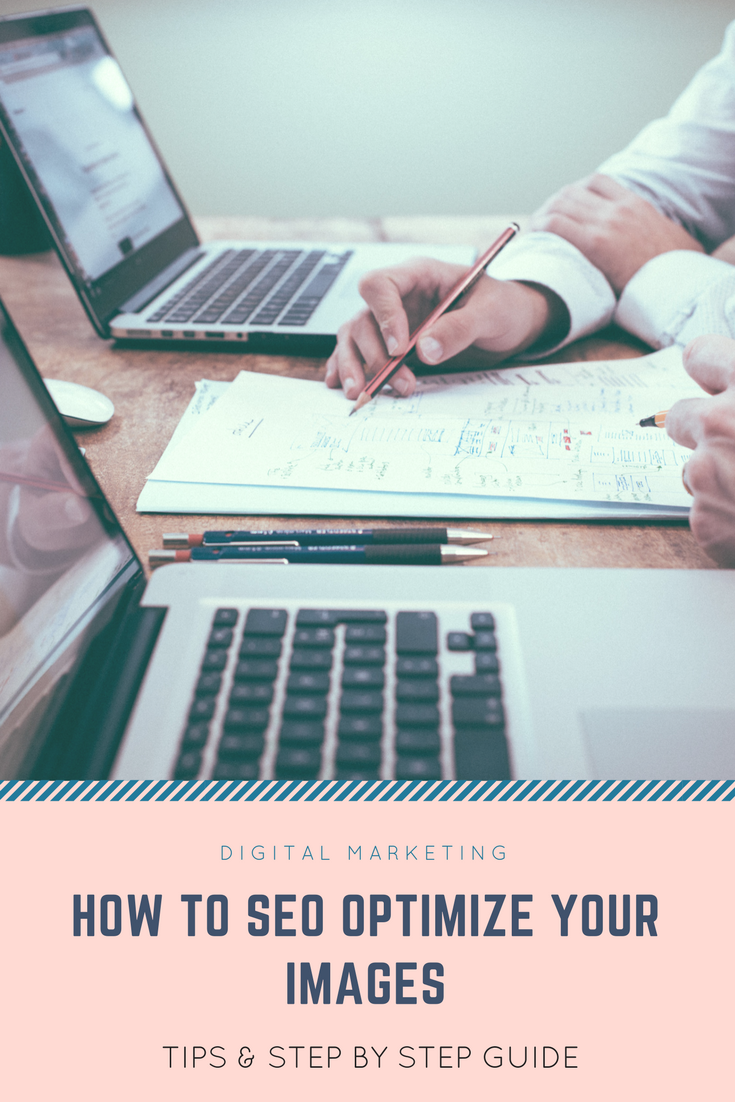
You shouldn’t just optimize content for SEO – optimizing images is also an important, if sometimes overlooked, part of SEO strategy.
According to Moz, “a third of all searches performed in Google are for images and 12.5% of SERPs show Image Pack results,” so it is important to be aware of the power that images can have in search results.
Image searches are especially important if you are in a visual-focused industry like design or illustrations, as well as anything with data visualizations, charts or graphs. However, I really think that any industry, business or blog can benefit from optimizing their images for SEO.
Image SEO Components
The following SEO components contribute to an image’s ability to appear in Google Images search results page. You should be aware what they are and make sure they are optimized for SEO:
- Image Filename
- Image Alt Text
- Image Caption
- Surrounding Text Content
- Page Title
- Page URL
- Image Engagement and Popularity
- Image Dimensions (they don’t show unusual image dimensions)
- Image Size (neither very small or very large images)
- Embeds of the Image
- Traditional Web
- Image Relevance/Visual Match
How To Perform a SEO Image Audit
A SEO image audit will help determine your current SEO standing in regards to your images, and will give you areas where you can improve. To do an image SEO audit you first want to get the Screaming Frog tool.
Then, make sure the Screaming Frog is set to “Spider” mode and enter your site’s URL to begin the the crawl.
Once the crawl is complete, click the “Images” tab to see the complete inventory of images hosted on your site.
With this crawl you will be able to see the following things:
- The image format
- Bytes per pixel
- Total pixel
- File Name
- Alt text
You should be aware however that Screaming Frog only gives image information from HTML and not from CSS. However, things like the logo, banner images, and menu icons are usually found via CSS so it’s important to also audit these separately.
The main areas you will most likely have to work on after your image audit are:
- File format conversion
- Image resizing
- File compression
- Updating file names
- Updating alt text
For more a more in-depth SEO Image Audit guide check out Moz’s super helpful
How To Perform and Image Optimization Audit article.

